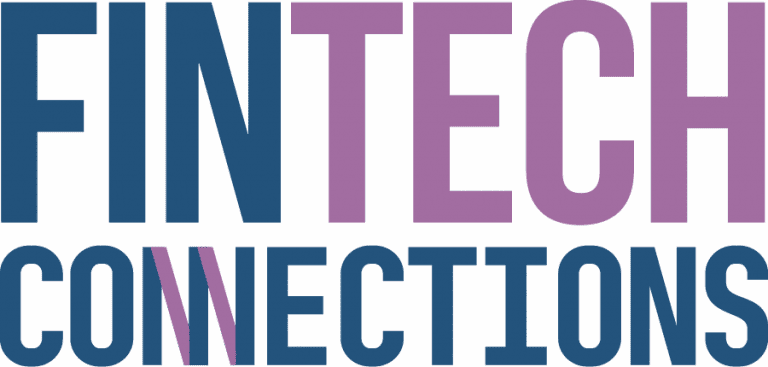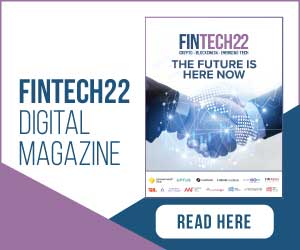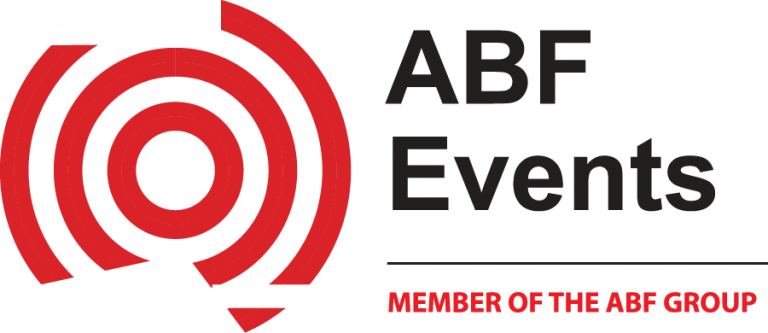2022 was undeniably a turbulent year in the fintech space, with plenty of highs and lows. But even amidst the trials and tribulations that caught headlines, the industry has collectively made some enormous leaps – especially across the payments and automation spaces.
As this year comes to a close, there’s plenty on the cards for businesses, industry leaders and consumers to all be excited for. We spoke to some key figures in the fintech world to find out what’s on their list of predictions for the months ahead.
AI, machine learning, and automation are trendy buzzwords that have been dominating the past year, especially post-pandemic. They have improved and streamlined services in fintech such as payments, financial planning, borrowing and lending, amongst many others. While they are crucial to business strategy, we cannot ignore the critical human element that enhances the experience. As digital lenders at WLTH, we find value of having our experienced lending specialists guiding our customers throughout the process. The pandemic introduced us to a more digital world, but we have learned that consumers still respond well to that personal interaction.
Marco Zande, Head of Marketing, WLTH
As we head into the new year, we also approach an inflection point in the industry; the maturation of a cohort of fintechs, as well as the slashing of business budgets. Because of these factors, we’ll increasingly see the convergence of products and providers across the fintech sector. For example, Zeller, initially only offered merchant payments and has now expanded to provide credit and debit cards and expense management tools.
We’re at a point in the industry where fintechs who started by doing one thing well to disrupt one area of legacy finance are now reaching scale. With the availability of venture capital falling away, there is a renewed focus towards profitability amongst these scaled players.
To achieve this in the sector of ‘expensive to acquire’ SMEs, fintech will need to find ways to increase customer lifetime value by adding additional revenue streams. This will inevitably lead to intruding other territories to gain more attention from SMBs, creating fintech ‘frenemies’ as we’ve seen in international markets.
The paradox is that these fintechs need to integrate and pass data to each other in order to create slick digital experiences and be compatible with the vast number of tools a typical business uses, but compete at the same time. As a provider of the integration layer between the systems that small businesses use, at Codat we have seen this trend grow firsthand. We expect to see more collaboration (and stepping on each other’s toes) in the new year as fintechs seek to meet increasing customer demands.
Matthew Tyrrell, APAC Commerical Director, Codat
Most of 2022 was considered a bear market for crypto, which led to more product development in the space. As markets look to hopefully warm up in 2023, we anticipate there’ll be some great innovations. The momentum behind Web3 is already picking up pace and will continue to benefit from organisations working towards mainstream adoption. Of course, the use of cryptocurrencies to make streamlined, everyday purchases – such as through the CoinSpot Mastercard, will also continue to build in popularity, as more users are looking for utility behind their crypto.
Ray Brown, Head of Marketing, CoinSpot
One of the most significant breakthroughs in Australian fintech in 2023 will no doubt be the integration of the new PayTo platform by the banks – due to be accomplished across the board by April. As widespread roll-out continues, companies and consumers will experience see greater efficiency, security and transparency for payments across the retail, online and subscription sectors. This will help to drive mass adoption of PayTo.
Businesses are increasingly concerned about the risk of fraud incurred from credit cards. Our recent ‘State of Pay’ report indicated that 51% of businesses want to reduce payments processed by credit card. Similarly, 52% of consumers would use a new payment technology if it were more secure than what they currently use. The eventual industry-wide adoption of PayTo will allow for many businesses to adjust their approach and payment systems to benefit both themselves and their customers and I think we’ll see some significant industry-wide improvements in the months following April.
Luke Fossett, Director of Australia and New Zealand Sales, GoCardless
Source: Fintech Australia
















